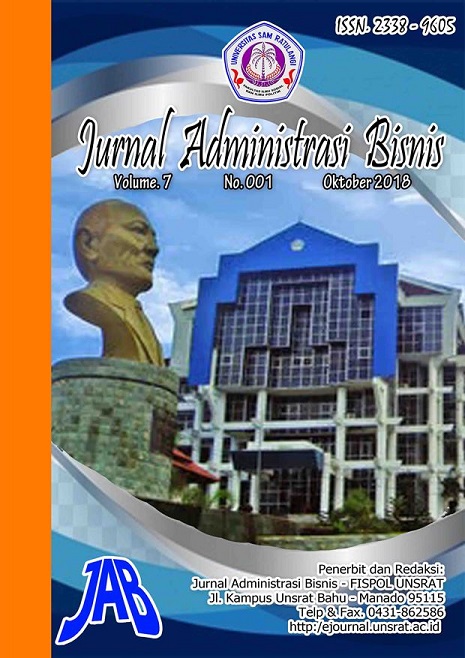Pengaruh Disiplin Kerja Dan Loyalitas Karyawan Terhadap Kinerja Karyawan Pada PT. Columbindo Perdana Cabang Manado
DOI:
https://doi.org/10.35797/jab.v7.i001.33-41Abstract
Employees as the most important elements in the organization function as a tool to improve company performance. Therefore, special attention is needed so that employee performance can be maximized. The purpose of this study is to determine the effect of Work Discipline and Employee Loyalty on the performance of employees of PT. Columbindo Perdana Branch Office Manado. Work Discipline is a mental attitude that is reflected in the actions or behavior of individuals, groups or communities in the form of adherence to the rules or regulations that have been established. Employee Loyalty is one of the elements used in employee appraisal which includes loyalty to his work, position and
organization. This research uses descriptive quantitative method with data analysis techniques using validity test, reliability test, multiple linear regression analysis, t test, f test, and determination coefficient using SPSS. Based on statistical analysis obtained the following results: Hypothesis Test Results show that Work Discipline and Employee
Loyalty simultaneously affect Employee Loyalty of PT. Columbindo Perdana Branch Office Manado, while Employee Loyalty has no partial effect on Employee Performance of PT. Columbindo Perdana Branch Office Manado. In general, Work Discipline has been good, so it must be maintained. While Employee Loyalty must be studied further so that
both variables can have a positive impact on Employee Performance.
Keywords: Discipline, Loyalty and Employee Performance.



